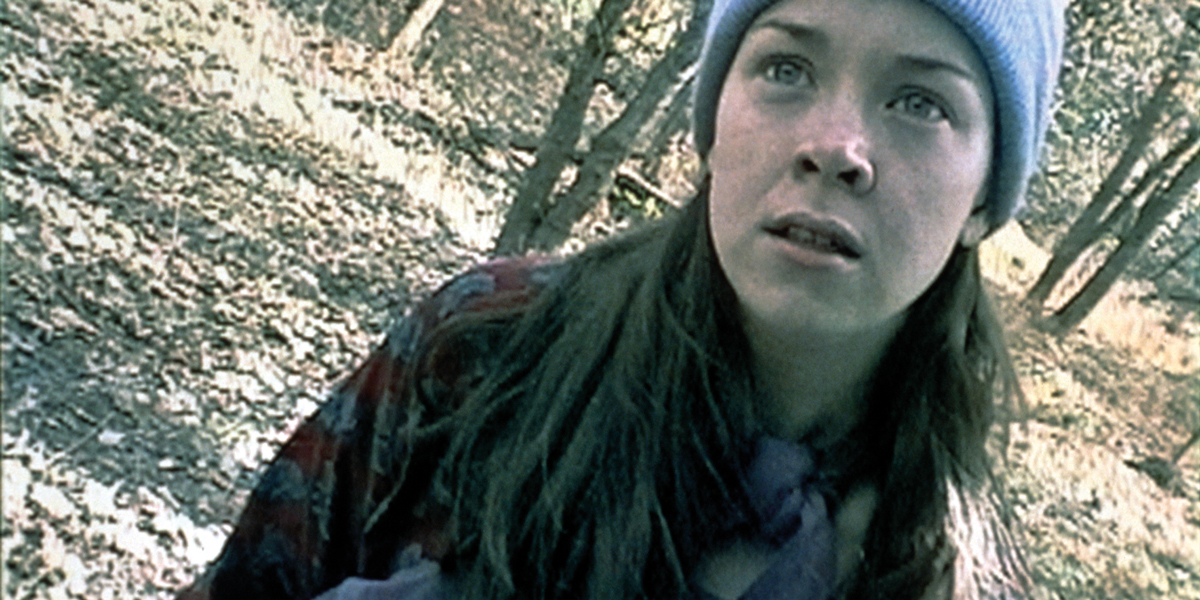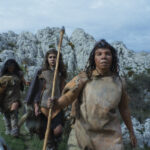
Take 2: Revisiting the Blair Witch Project
Posted on Jul 8, 2024 by Samara Husbands
Katie Kasperson looks back on The Blair Witch Project – a film which defied expectations and brought found footage to the fore
Born on the cusp of the digital age, The Blair Witch Project is a horror film that defined its time. Firmly establishing the found-footage subgenre, the documentary-style feature had audiences convinced of its authenticity – due not only to its innovative marketing campaign but also its low-budget, unscripted approach.
Creators Daniel Myrick and Eduardo Sánchez toyed with the idea for Blair Witch for years before finally casting the three lead actors – Heather Donahue, Joshua Leonard and Michael C Williams, all playing fictionalised versions of themselves – in 1997. During the auditions, Myrick and Sánchez instructed the actors to defend themselves in a make-believe legal case, thereby testing their improv abilities. These skills would prove essential to the filmmaking process, as Blair Witch’s script was merely a detailed outline with no dialogue.
Before the finished product premiered at Sundance Film Festival in 1999, the directors created a website (filled with fake news), handed out missing persons flyers and even pitched Blair Witch as a documentary, all in an effort to cause a stir among the film community. This tactic worked incredibly well, largely thanks to the internet’s adolescence. People still took what they read at face value (back then, why wouldn’t they?).
A five-figure budget forced Myrick and Sánchez to get creative when it came time to shoot. Equipped with two cameras and some camping gear, the actors set off into the Maryland woods with a loose plan and not much else. Entrusting the actors to stay in character, Myrick and Sánchez left notes each day, containing information about what the next 24 hours might hold. Donahue, Leonard and Williams’ lived experience became the film, and their palpable anxiety was largely organic.
In true indie fashion, what they saw is what we got: natural lighting, fuzzy audio and granulated, shaky visuals half in colour and half in monochrome. Besides a few torches, the night scenes look as dark as the forest truly was. The directors and other crew members swapped in as the Blair Witch – who we never see on-screen – by scratching at the tent, frolicking through the trees and leaving inexplicable offerings. The blood-soaked teeth, impliedly belonging to Leonard, were real – supplied by a local dentist.
Despite its humble beginnings, Blair Witch had all the elements of a masterwork: credible performances, effective advertising, an original premise, fear factor, creative direction and, most importantly, audience intrigue. That’s why it has stood the test of time (and grossed almost $250 million). Many have attempted an imitation (Paranormal Activity comes to mind) and many have failed, unable to capture the moment Blair Witch so naturally defined. Now 25 years on, it reminds us of what’s possible with only a camera and a clever idea.
This feature was first published in the July 2024 issue of Definition.








